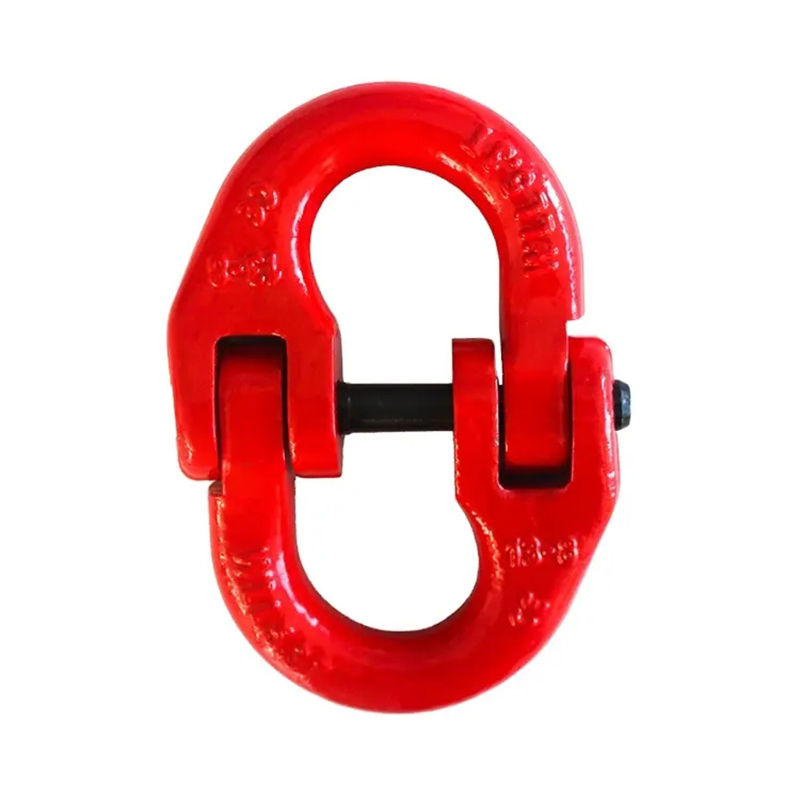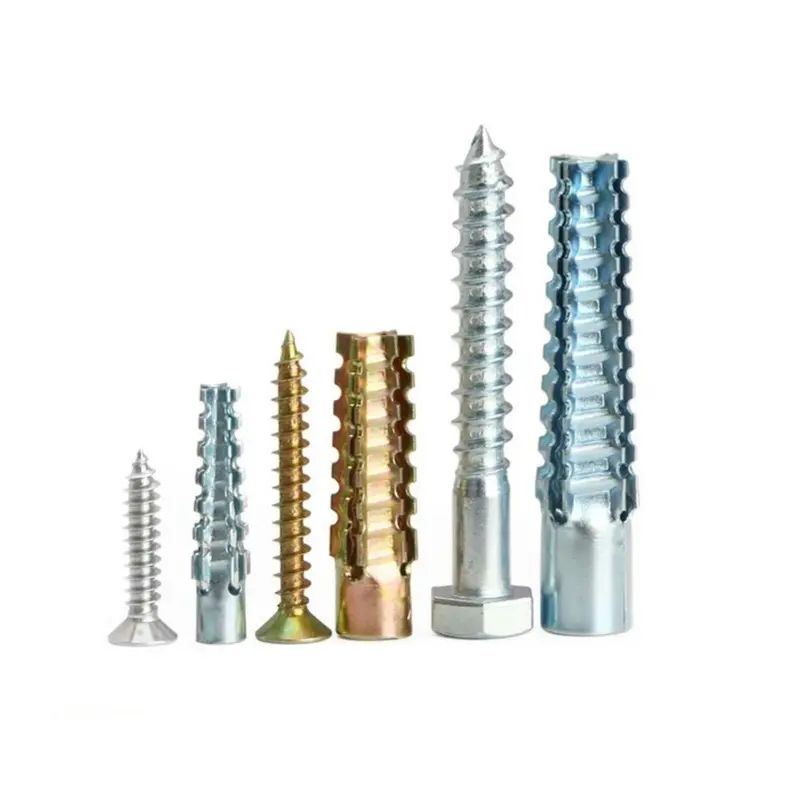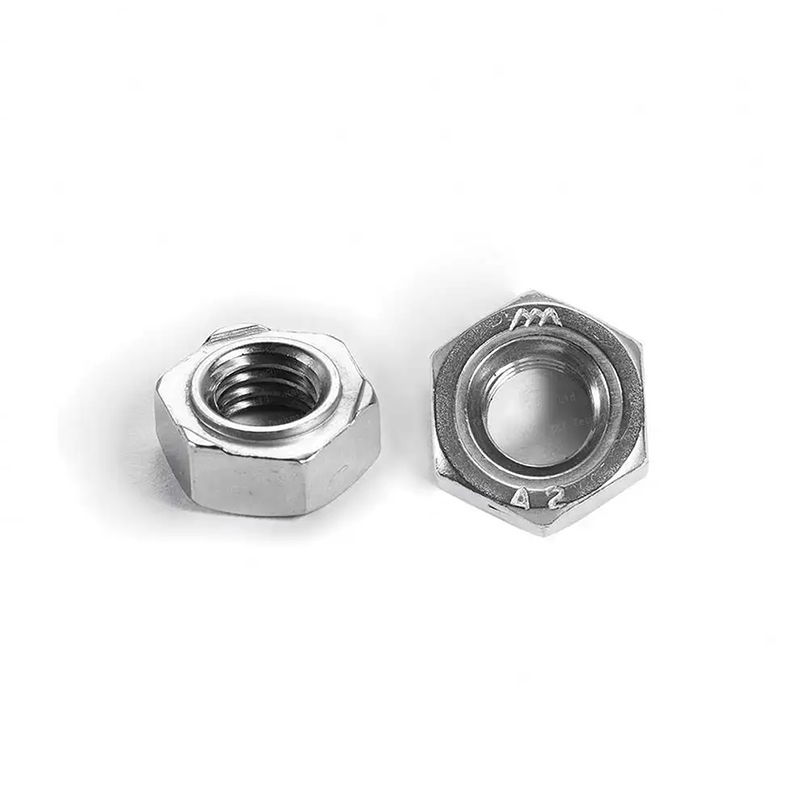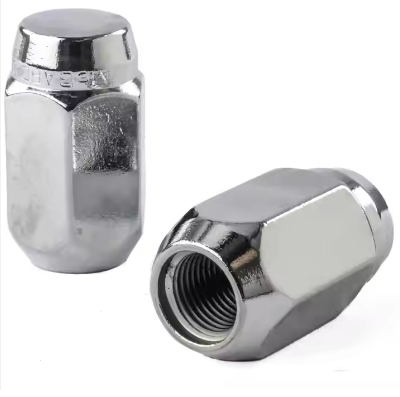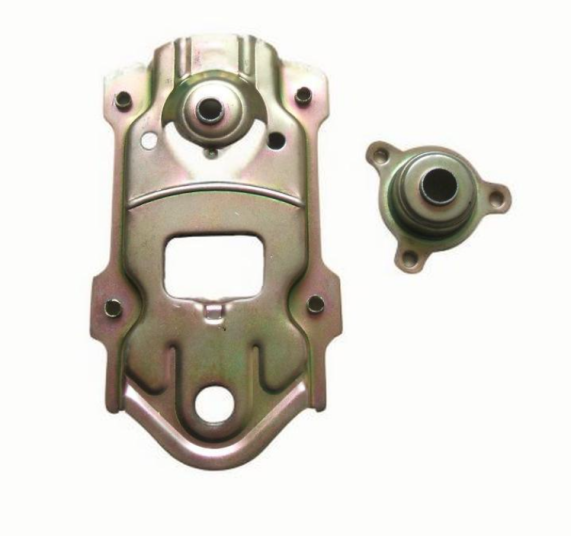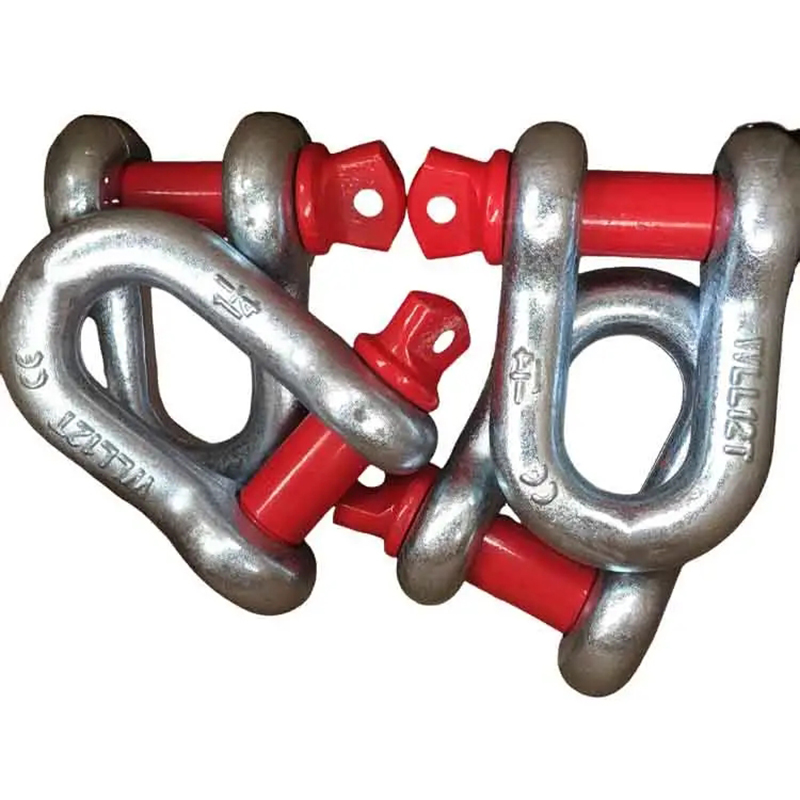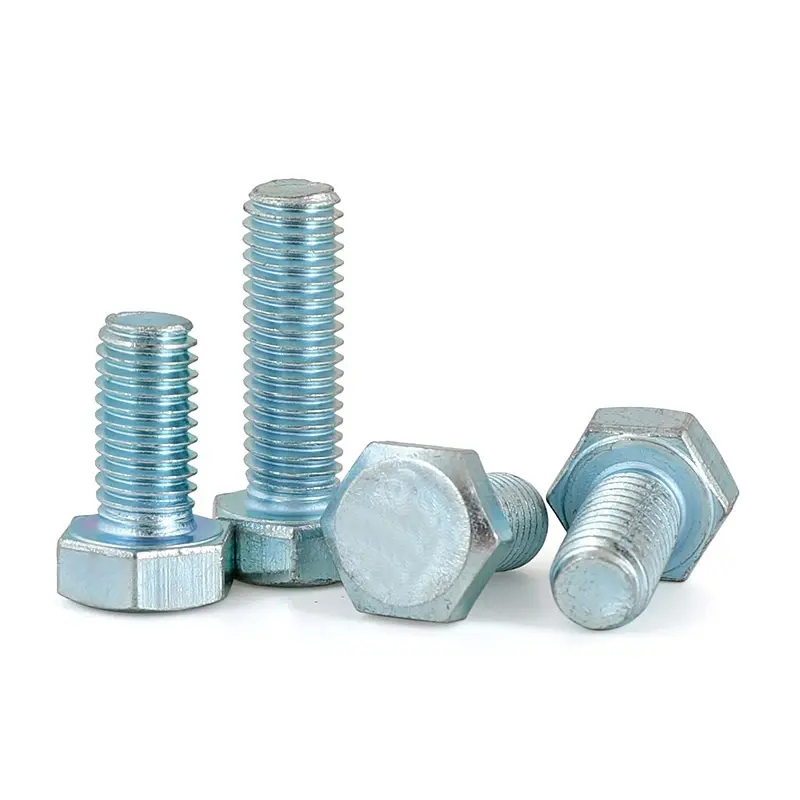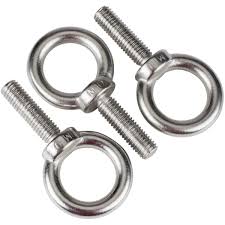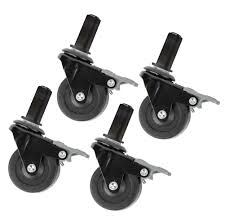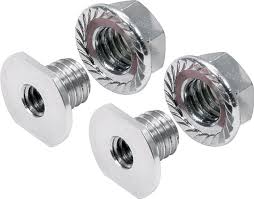

This comprehensive guide explores everything you need to know about eye bolts, from understanding their different types and uses to selecting the right one for your specific project. We'll cover material, size, load capacity, and safety considerations, ensuring you make informed decisions for your applications. Learn how to identify high-quality eye bolts and avoid potential hazards.
An eye bolt is a type of fastener with a threaded shank and a circular eye at one end. This eye allows for easy attachment of chains, ropes, cables, or other lifting devices. They are commonly used in various applications requiring lifting, anchoring, or tensioning.
Eye bolts come in various materials, including steel, stainless steel, and brass, each offering different strengths and corrosion resistance. The most common types include:
The choice of material depends largely on the environment and the intended application. Stainless steel eye bolts are ideal for outdoor or corrosive environments due to their superior resistance to rust and degradation. For less demanding applications, mild steel eye bolts might suffice. Always check the manufacturer's specifications for details about material properties.
Eye bolts are specified by their diameter and length. The diameter refers to the shank diameter, while the length determines the overall length of the bolt. It is crucial to select the appropriate size for your application to ensure sufficient strength and load-bearing capacity. Never exceed the manufacturer's specified working load limit (WLL).
The working load limit (WLL) is the maximum load an eye bolt can safely support. This information is usually found stamped on the eye bolt itself or in the manufacturer's documentation. Always check the WLL and ensure it significantly exceeds the anticipated load. Using an eye bolt beyond its WLL poses serious safety risks.
Before each use, carefully inspect the eye bolt for any signs of damage, such as cracks, bends, or excessive wear. Damaged eye bolts should be immediately discarded and replaced. Regular inspection is crucial for preventing accidents.
Ensure the eye bolt is properly installed and tightened to the manufacturer's recommendations. Using incorrect installation methods can lead to premature failure and potential hazards. Consult manufacturer's instructions for detailed installation guidelines.
Never exceed the WLL of the eye bolt. Always use a safety factor, which means choosing an eye bolt with a WLL significantly higher than the expected load. This provides an extra margin of safety.
For high-quality eye bolts and other fasteners, consider reputable suppliers with a proven track record. Hebei Dewell Metal Products Co., LTD (https://www.deweLLfastener.com/) is a leading manufacturer offering a wide selection of fasteners, including various types of eye bolts, meeting rigorous quality standards. They provide a variety of materials and sizes for different applications.
| Material | Typical Applications | Advantages | Disadvantages |
|---|---|---|---|
| Mild Steel | Indoor, low-corrosion environments | Cost-effective, good strength | Susceptible to rust |
| Stainless Steel | Outdoor, corrosive environments | Corrosion resistant, durable | More expensive |
| Brass | Applications requiring corrosion resistance and non-magnetic properties | Corrosion resistant, non-magnetic | Lower strength compared to steel |
Remember to always prioritize safety when working with eye bolts. Consult relevant safety standards and regulations for your specific application.

